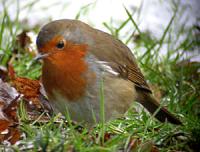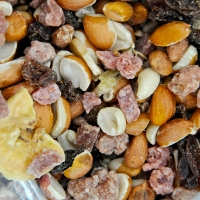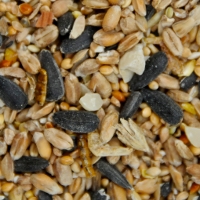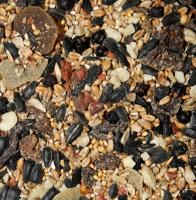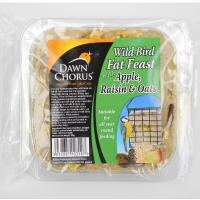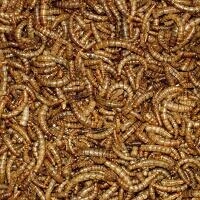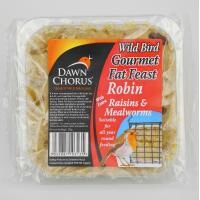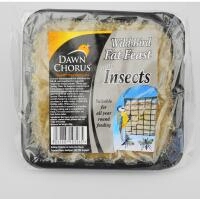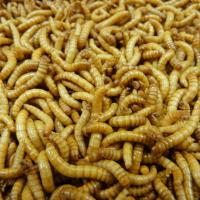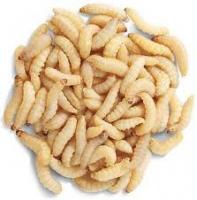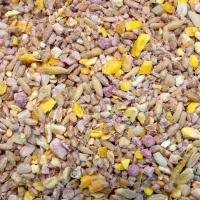- Home
- FAQs
- Customer Video Gallery
- Customer Photo Gallery
- Bird Facts
- Bird Food Blog
- Bird Information
- Feeding Advice
- Small Animal Information
- A to Z of Guinea Pigs
- A to Z of Hamsters
- A to Z of Rabbits
- Basic Care for Guinea Pigs
- Basic Care for Hamsters
- Basic Care for Rabbits
- Basic care for Chinchillas
- Basic care for Ferrets
- Basic care for Gerbils
- Basic care for Mice
- Basic care for Rats
- Buying a Healthy Small Animal
- Does your Reptile need a Licence
- Equipment for Ferrets
- Equipment for Hamsters
- Equipment for Mice
- Equipment for your Chinchilla
- Equipment for your Gerbil
- Equipment for your Guinea Pig
- Equipment for your Rabbit
- Keeping a House Rabbit
- Dog Information
- Cat Information
- Customer Information
- Fat Balls
- Suet Pellets
- Straights
- Seed Mixes
- Suet Treats
- Mealworms
- Bird Feeders
- My Account
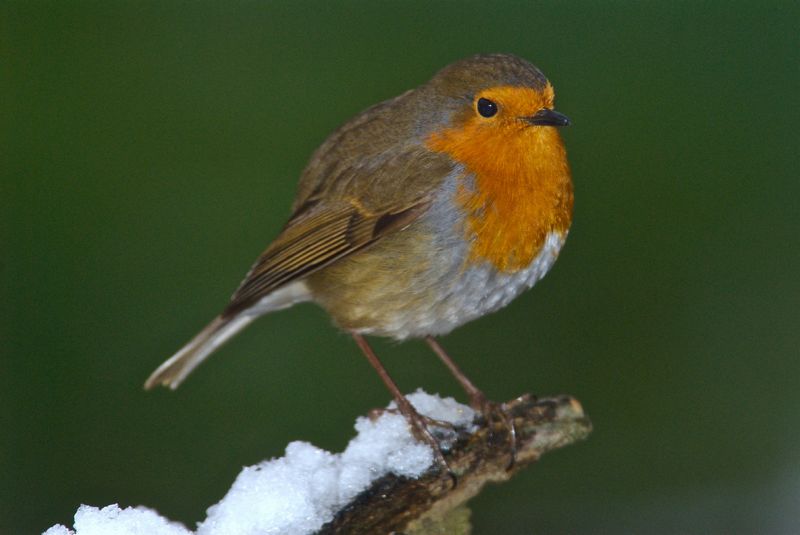
| Scientific Name | Erithacus rubecula |
| Breeding | late March |
| Fledge Days | 12-15 |
| Incubation Days | 12-15 |
| Lifespan | 2 years |
| Number of Clutches | 2-3 |
| Number of Eggs | 3-9 |
| Size | 12-13cm |
| Weight | 15 - 21g |
| Wingspan | 20cm |
Robin Facts - Information About Robin
European Robin - Erithacus Rubecula
The Robin is probably one of the UKs most well known and easily identifiable birds. It is a member of the Chat Family and has a habit of perching upright, drooping its wings and cocking its tail.
We often associate them with Christmas as they become more visible searching for food in our gardens, when breeding they become a little more secretive as food is easily found. They are extremely territorial and during breeding season will become aggressive to other males within their territory.
Identification:
Adult
- Without doubt the UKs most easily recognised birds if seen well.
- Adult males and females are alike.
- Robins are small birds, around 13 cm from tip of tail to tip of bill.
- They often appear ‘bull headed’ and stand very upright on relatively long legs.
- The upperparts and tail are mid-brown with an olivey wash; the rump is slightly paler and more rufous.
- The most obvious feature is bright orangey red face and breast which mergers into a pale grey border around the face between forehead and brown crown.
- Belly is white and the flanks smudged pale grey/brown.
- Bill, legs and eye black.
Juvenile
- Juveniles appear from April onwards and are totally different to adults.
- Young birds lack the obvious red throat/breast of the adult which is replaced by a gorget fine brown spots on a buffy breast.
- The whole of the birds head and upperparts are generously spotted dark olive brown, the plain tail still shows a slightly more rufous rump.
- Belly and undertail is white.
- Bill and eye black, legs often paler.
Status and Distribution
The Robin is a very abundant breeding resident in the UK with over 4 million pairs. The Robin occurs in all counties throughout the UK.
In winter numbers increase as migrants come to the UK from Continental Europe to escape their cold winters, migrants start to arrive in October to winter in our less severe climate.
Habitat/Food
Robins occur in all habitat types throughout the UK, woodlands, parks, gardens, farmland, hedgerows indeed any open country habitat with suitable scrub.
In the garden Robins love Mealworms, they also feed on Worms, snails, Insects, Gourmet Robin Fat Feast and will happily take Seed Mixes.
Song/Call
Several call notes; most often a hard metallic ‘Tick’ sometimes repeated 3 or 4 times, also a short sharp high pitched ‘seee’
Song is sung from an obvious perch or in deep cover and is a series sweet warbles with thin trills thrown in, often sings at dusk as well as early morning.
The following food is favoured by Robin




